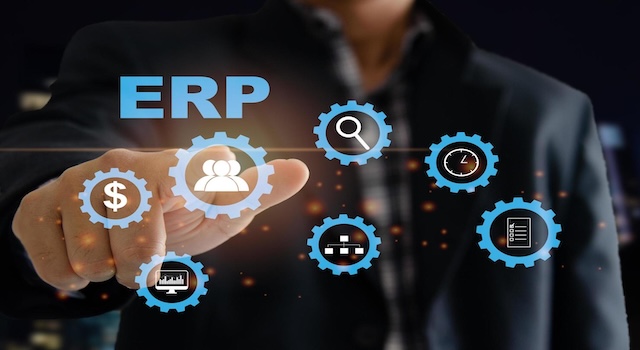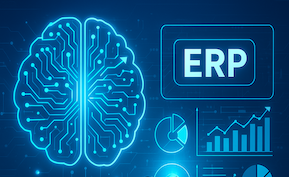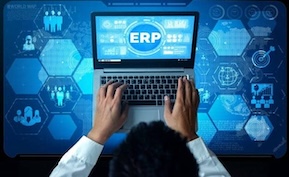Data Migration for Cloud ERP: Building a Reliable Foundation for Transformation
Data migration is one of the most critical and underestimated phases of any ERP replatforming project. Moving to a cloud ERP environment requires more than transferring records—it demands rebuilding the data foundation that supports financial, operational, and strategic decision-making. This guide explains how to plan, cleanse, and migrate data effectively to ensure accuracy, compliance, and long-term value.
Why data quality determines ERP success
ERP systems are only as reliable as the data they contain. Poor-quality or incomplete data undermines every module, from finance to inventory management. Before migration, organizations must identify duplicates, gaps, and inconsistencies that can lead to reporting errors or process delays. A disciplined approach to data cleansing prevents these issues from being carried into the new system.
Creating a data migration strategy
Successful migration begins with a clear strategy that defines scope, sequencing, and validation. Determine which datasets are essential for go-live and which can be archived for historical reference. Establish ownership for each data domain—finance, supply chain, customer, and HR—and ensure that subject-matter experts are responsible for verifying accuracy before migration begins.
Standardizing and mapping data structures
Legacy systems often use inconsistent formats for master data such as item codes, supplier IDs, or customer accounts. Standardization ensures compatibility with the cloud ERP data model. Data mapping should define how each field converts to the new structure, taking into account unit of measure, currency, and chart of accounts differences. A well-documented mapping plan reduces risk during transformation.
Testing and validation at every stage
Data should be validated through multiple test cycles before final cutover. Conduct sample migrations to verify that records load correctly, calculations remain accurate, and dependent processes function as expected. Reconciliation testing ensures that balances match between old and new systems, while automated scripts can detect missing or corrupted data early.
Governance and audit readiness
Data migration must meet compliance and audit standards, especially for financial and regulated industries. Document every migration activity, maintain approval checkpoints, and store logs of data transformations. Implement role-based access to prevent unauthorized changes and to provide traceability for auditors. Governance not only ensures compliance but also builds confidence in the new system.
Leveraging automation and data tools
Modern data migration tools simplify complex conversions, automate validation, and manage large volumes efficiently. Cloud ERP vendors often provide built-in migration frameworks that connect directly to legacy systems. Automation reduces manual effort, shortens timelines, and lowers the risk of human error, making it easier to achieve a clean and timely transition.
Post-migration data stewardship
The work does not end at go-live. Establish ongoing data stewardship to monitor quality, resolve issues, and enforce governance policies. Implement data quality dashboards that track completeness, accuracy, and timeliness across key domains. Continuous monitoring ensures that the ERP system remains a trusted source of truth for all business functions.
The takeaway
Data migration is more than a technical exercise—it is the foundation of successful ERP transformation. Organizations that invest in data quality, governance, and automation ensure that their new cloud ERP platform starts strong and continues to deliver reliable insights. A clean, consistent, and well-managed data environment sets the stage for long-term operational excellence.







